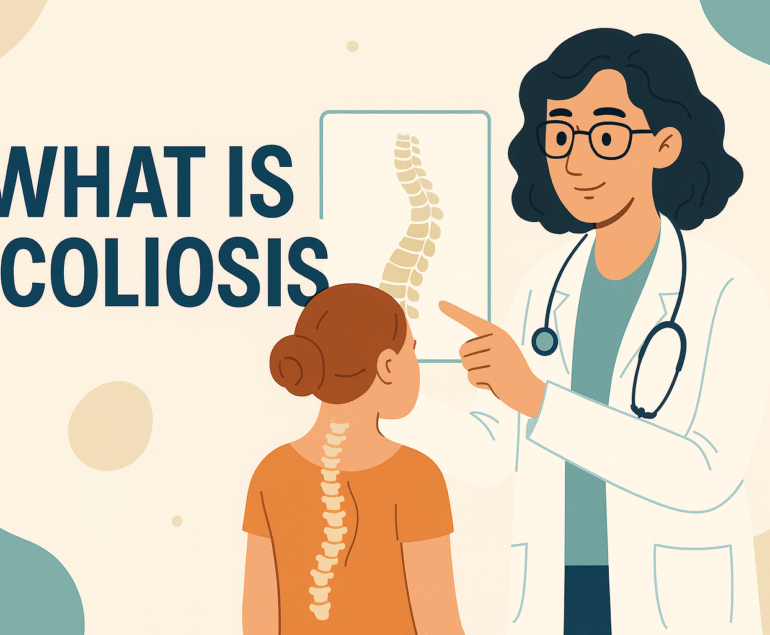The Rules for Back Pain: When to Worry and When to Wait.
Introduction
While some forms of back pain go away with rest and home remedies, others may indicate serious medical issues that require immediate attention. In this article, we outline a simple and memorable rule to help you distinguish between pain that can wait and pain that requires immediate medical attention.
These are not just guidelines; they are rules to remember for your spine health.
When Can Back Pain Wait
Not every back pain is dangerous. Most back pains are caused by benign factors such as muscle strain, poor posture, minor injuries, or poor lifestyle. These types of pain are usually non-consequential and may get better within a few days.
You may wait and manage your pain if
- Pain is mild in intensity
- Pain only in the back without any radiation
- Pain is gradually improving with rest and home-based remedies
- There is no fever, weight loss, weakness/ numbness in arms or legs, or urinary complaints
- You can walk, bend, and function normally
Home care tips include:
- Rest for one to two days
- Apply a hot or cold compress
- Take mild over-the-counter painkillers (based on your doctor’s prescription) or local gel application.
- Stretch and move gently after initial rest
- Improve your lifestyle and posture
If you’re asking yourself how to know if back pain is serious, and the symptoms improve within a few days, you may not need to see a doctor. However, if the symptoms do not improve or keep returning, medical evaluation is recommended.
When Back Pain Becomes Serious: The Red Flags
There are specific warning signs or red flags that indicate your back pain may be a symptom of a serious condition. These symptoms should never be ignored.
If you experience any of the following, seek immediate medical attention:
- Moderate to severe back pain
Moderate/ Severe back pain or pain of long duration causing difficulty with activities of daily living should never be ignored. - Back pain with unexplained weight loss, loss of appetite
Could indicate infections like spinal tuberculosis or other sinister illnesses. - Leg pain with numbness, tingling or weakness in the legs
Suggests nerve compression, slipped disc, or spinal stenosis. - Loss of control over bladder or bowel function
This is an emergency condition and could be a sign of cauda equina syndrome. - Pain that wakes you from sleep
Pain that disrupts your sleep can indicate serious conditions like spinal tuberculosis, malignancy. - Back pain after a fall or accident
Even minor trauma can lead to a fracture, especially in elderly patients or those with osteoporosis. - Back pain in patients with other known infections and cancer anywhere in the body.
Back Pain Red Flag Symptoms Checklist
- Moderate/ Severe Back Pain
- Long-standing back pain
- Pain with fever, night sweats, weight loss, or loss of appetite
- Leg pain with numbness/ weakness in legs
- Pain that disrupts sleep
- Difficulty in passing/ holding urine or stool
- Significant trauma/ injury
What Conditions Can Cause Serious Back Pain?
Understanding the potential causes of red flag symptoms helps in early detection and timely treatment.
- Herniated Disc/ Spinal Stenosis: Pressure on the nerves causing leg pain, tingling, or numbness.
- Spinal Infection: Infections of the spine, including tuberculosis, can cause significant bony destruction and compression of the spinal cord and nerves.
- Tumours: Can cause significant bone destruction and compress the spinal cord or nerves, and require urgent treatment.
- Spinal Fractures: Often due to significant trauma or trivial injury to weak bones.
- Kidney/Pancreas-related conditions: These can cause referred back pain and are sometimes confused with spinal issues.
- Cauda Equina Syndrome: An emergency condition requiring urgent surgical care.
If you’re unsure how to know if your back pain is serious, these underlying causes are your signal to act fast.
Whom to Consult?
If your pain is not improving or getting worse, has any red flag symptoms, consult a spine specialist without delay.
Dr. Archit Goyal is a Fellowship-trained Orthopaedic Spine Surgeon with extensive expertise in treating a wide range of spinal conditions, including trauma, deformities, degenerative diseases, and complex surgeries. Trained in advanced navigation and robotic spine surgery, and deeply committed to providing the highest standard of patient care.
Know the Rules – Act Responsibly
The key takeaways:
- If your back pain is mild, short-lasting, and improving, you can monitor it.
- If your pain is not improving, long-standing, disrupting your daily activities or associated with any red flag symptoms, get expert medical help immediately.
The rules for back pain are not just for doctors. They are for everyone.
Knowing how to know if back pain is serious could allow timely management and prevention of complications and long-term sequelae.
Need Expert Help?
If you are experiencing severe or unusual back pain or symptoms that match the red flags mentioned above, consult a specialist without delay. Visit Dr. Archit Goyal for expert evaluation and advanced spinal care.
Visit: https://drarchitgoyal.com



